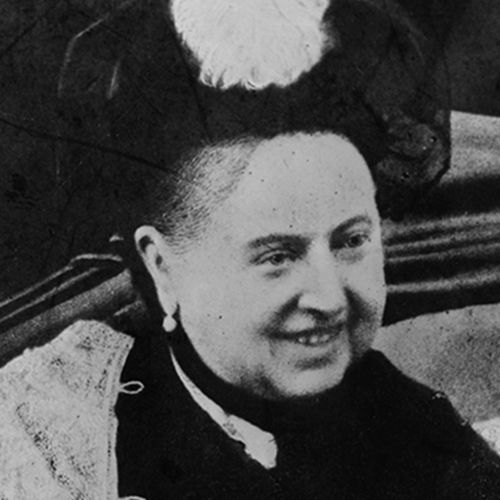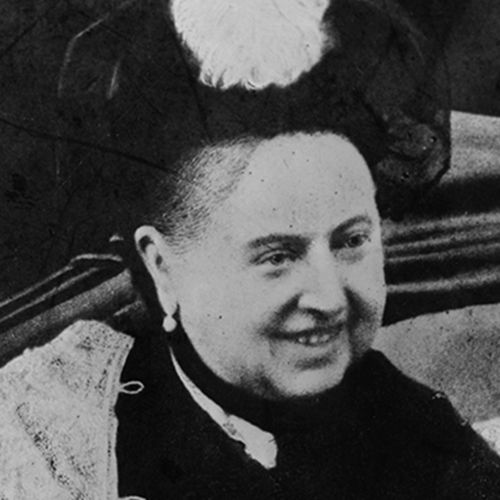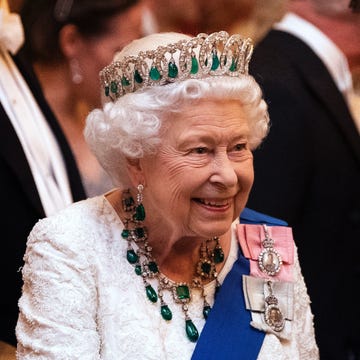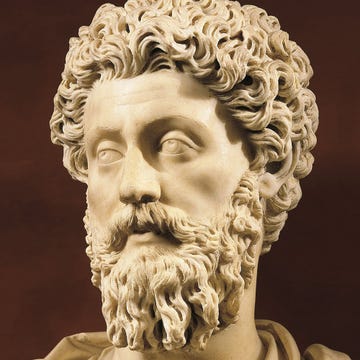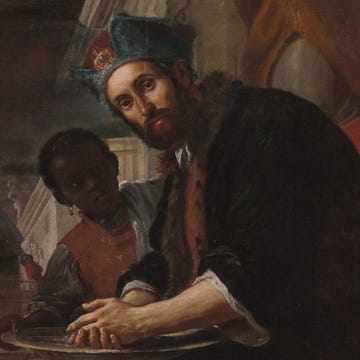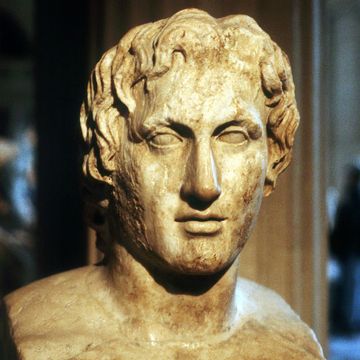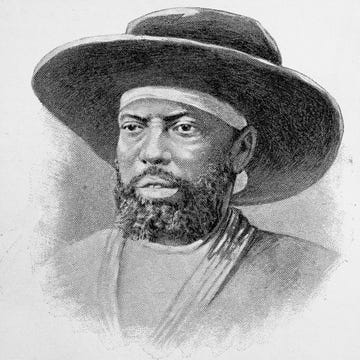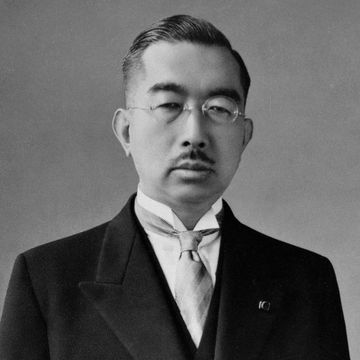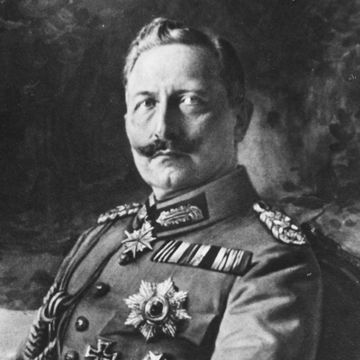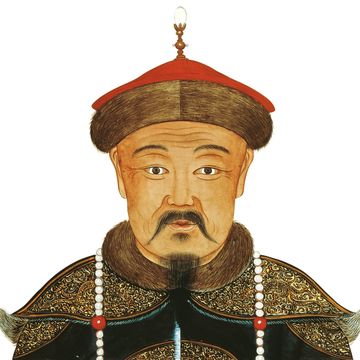(1819-1901)
Who Was Queen Victoria?
Queen Victoria served as monarch of Great Britain and Ireland from 1837 until her death in 1901. She became Empress of India in 1877. After Queen Elizabeth II, Victoria is the second-longest reigning British monarch.
Victoria's reign saw great cultural expansion; advances in industry, science and communications; and the building of railways and the London Underground.
Early Life
Born Alexandrina Victoria on May 24, 1819, Queen Victoria’s father died when she was 8 months old. Her mother became a domineering influence in her life. As a child, she was said to be warm-hearted and lively.
Educated at the Royal Palace by a governess, she had a gift for drawing and painting and developed a passion for journal writing.
Despite a feisty temperament, Victoria was famously tiny in stature, measuring just 4 feet 11 inches tall. Later in life, her weight ballooned, with her waist reportedly measuring 50 inches.
Parents and Half-Sister
Queen Victoria was the only child of Edward, Duke of Kent, who was King George III's fourth son. Her mother was Victoria Saxe-Saalfield-Coburg, sister of Leopold, king of the Belgians.
Queen Victoria also had a half-sister who was 12 years her senior, Princess Feodora, from her mother’s first marriage to Emich Carl, Prince of Leiningen. When Princess Feodora was 6 years old, her father died. Her mother remarried Queen Victoria’s father, the Duke of Kent, and promptly moved from Germany to England for the future queen’s birth.
Ascension to the Throne
At birth, Victoria was fifth in line to the throne. However, upon her father’s death in 1820, Victoria became the heir apparent, since her three surviving uncles — who were ahead of her in succession — had no legitimate heirs who survived childhood. When King William IV died in June 1837, Victoria became queen at the age of 18.
Lord Melbourne, Queen Victoria’s First Prime Minister
Lord Melbourne was Victoria’s first prime minister, who served in 1834 and again from 1835 to 1841. When she first took the crown at the young age of 18 in 1837, Melbourne helped teach Victoria the intricacies of being a constitutional monarch. He acted as the queen’s political advisor and confidant during the early years of her reign.
In 1840, when Great Britain was fighting wars with Afghanistan and China and facing a working-class movement, Melbourne helped the queen work with an uncooperative Conservative government and suggested she let her husband, Albert, take the reigns of state responsibilities.
Reign
Victoria ascended to the throne at age 18 on June 20, 1837, and she served until her death at the age of 81 on January 22, 1901. Under Victoria's reign, Great Britain experienced unprecedented expansion in industry, building railways, bridges, underground sewers and power distribution networks throughout much of the empire. Seven assassination attempts were made on Victoria's life between 1840 and 1882.
There were advances in science (Charles Darwin's theory of evolution) and technology (the telegraph and popular press), with vast numbers of inventions; tremendous wealth and poverty; growth of great cities like Manchester, Leeds and Birmingham; increased literacy; and great civic works, often funded by industrial philanthropists.
During Victoria’s reign, Britain expanded its imperial reach, doubling in size and encompassing Canada, Australia, India and various possessions in Africa and the South Pacific. The Queen was emblematic of the time: an enthusiastic supporter of the British Empire, which stretched across the globe and earned the adage: “The sun never sets on the British Empire.”
At various points in her reign, Victoria exercised some influence over foreign affairs, expressing her preference, but not pressing beyond the bounds of constitutional propriety. During this time, the British Empire experienced only a few small wars, exerting its authority over foreign possessions.
One of the major factors that helped Britain avoid European entanglements was the marriage of Victoria's children: either directly or by marriage, she was related to the royal houses of nearly every major European power. Though the English constitutional arrangement denied her powers in foreign affairs, she ruled her family with an iron hand that helped keep Great Britain away from the intrigues of European politics.
During Victoria’s reign, the political climate in British Parliament went through a major transition. The Tory Party split, forming the Liberal and Conservative parties, and started a succession of opposing administrations. Victoria played a crucial role as a mediator between arriving and departing prime ministers.
Though she detested Liberal Prime Minister William Gladstone, she found ways to work with him, even during her mourning period. She was particularly fond of Conservative Prime Minister Benjamin Disraeli, who linked the monarchy to the expansion of the empire, which helped restore public opinion following Victoria’s long seclusion after the death of her beloved husband Albert.
Victoria continued in her duties up to her death. In keeping with tradition, she spent the Christmas of 1900 at Osborne House on the Isle of Wight, where her health quickly declined to the point that she was unable to return to London.
The Victorian Era
Life in Britain during the 19th century was known as Victorian England because of Victoria’s long reign and the indelible stamp it and her persona placed on the country. Her strict ethics and personality have become synonymous with the era.
Queen Victoria and Prince Albert
In 1840, Victoria married her cousin, Prince Albert of Saxe-Coburg and Gotha, the son of her mother’s brother. The couple met when Victoria was just 16; their uncle Leopold suggested they marry.
Since Victoria was queen, Albert couldn’t propose to her. So she proposed to him on October 15, 1839.
At first, the British public didn’t warm up to the German prince and he was excluded from holding any official political position. At times, their marriage was tempestuous, a clash of wills between two extremely strong personalities.
However, the couple was intensely devoted to each other. Prince Albert became Victoria’s strongest ally, helping her navigate difficult political waters.
After several years of suffering from stomach ailments, Victoria's beloved Albert died of typhoid fever in 1861 at the age of 42. Victoria was devastated, sleeping with a plaster cast of his hand by her side, and went into a 25-year seclusion. For the rest of her reign, she wore black.
Queen Victoria's Children
Victoria and Albert had nine children together:
- Princess Victoria Adelaide Mary Louise (1840-1901), who married the future emperor of Germany Friedrich Wilhelm of Prussia in 1858. On his death three months after taking the throne, their eldest son became Kaiser Wilhelm II of Germany.
- Prince Albert Edward Wettin (1841-1910), who succeeded his mother to the crown as King Edward VII in 1901.
- Princess Alice Maude Mary (1843-1878), whose daughter Alix married Nicholas II, the last Russian tzar.
- Prince Alfred Ernest Albert (1844-1900), who married the daughter of Tzar Alexander II of Russia. His oldest daughter, Marie, wed the crown Prince of Romania.
- Princess Helena Augusta Victoria (1846-1923)
- Princess Louise Caroline Alberta (1848-1939) created quite a scandal when she married a commoner, John Douglas Sutherland Campbell (later the Duke of Argyll).
- Prince Arthur William Patrick (1850-1942), who married Princess Louise Margarete of Prussia.
- Prince Leopold George Duncan (1853-1884)
- Princess Beatrice Mary Victoria (1857-1944)
Relationship with John Brown
John Brown was Victoria’s Scottish servant and one of her closest friends, with some suggestions that the two may have been lovers. Seven years her junior and many ranks below her, the queen said Brown was her dearest friend — an unthinkable relationship at the time. He became known as “the queen’s stallion” in the royal household and pledged his lifelong loyalty to her.
There were rumors that Brown and Victoria were lovers, especially after the death of Albert. Historians have since parsed through her journals — which were edited by her daughter Beatrice — and never found evidence of an affair. But one thing is clear: She loved him. When Brown died suddenly in March 1883, Victoria told his sister-in-law that he was the “best, the truest heart that ever beat.”
Relationship with Abdul Karim
Following Brown’s death in 1883, Victoria’s servant Abdul Karim ascended into the queen’s inner circle and became her closest confidant. Karim was the son of a hospital assistant in Northern India and was brought to England to serve at the Queen’s Golden Jubilee in 1887. He quickly impressed the queen with his cooking, and she asked him to teach her Urdu. Victoria lavished Karim with gifts including a private carriage, titles and honors. She also commissioned several portraits.
In letters to Karim, the queen referred to herself as “your loving mother” and “your closest friend.” However, historians do not believe that the two had a physical relationship.
Abdul’s great-grandson Javed Mahmood told The Telegraph in 2010 that they shared “a mother and son relationship. She became an Indophile in part because of her affection for him. But the prejudice of her family percolated down to Victoria’s staff.”
Victoria and Karim’s close relationship was scandalous to the royal family. Upon the queen’s death in 1901, they had all of the pair’s letters burned, and Victoria’s daughter Beatrice removed all references of Karim from the queen’s journals. Although the family followed through with the queen’s wish for Karim to be among a small group of mourners at her funeral, they later evicted Karim from the home Victoria gave to him and sent him back to India.
Karim’s relationship with Victoria was uncovered decades later by journalist Shrabani Basu, who visited the queen’s summer home in 2003 and noticed several paintings and a bust of Karim. Basu investigated their relationship and wrote a book, Victoria & Abdul: The True Story of the Queen’s Closest Confidant.
Death and Successor
Victoria died after a lengthy period of poor health on January 22, 1901, at the age of 81. Her son, the future King Edward VII, and her eldest grandson, Emperor Wilhelm II of Germany, were both at her bedside.
Prince Albert Edward Wettin, Victoria’s eldest son, succeeded her to the British throne as King Edward VII upon her death in 1901.
QUICK FACTS
- Name: Victoria
- Birth Year: 1819
- Birth date: May 24, 1819
- Birth City: London, England
- Birth Country: United Kingdom
- Gender: Female
- Best Known For: Queen Victoria was queen of the United Kingdom of Great Britain and Ireland from 1837 to 1901 — the second-longest reign of any British monarch.
- Industries
- World Politics
- Astrological Sign: Gemini
- Interesting Facts
- Queen Victoria was tiny, standing at 4 feet, 11 inches tall.
- Queen Victoria's reign lasted 63 years, surpassed by great-great granddaughter Queen Elizabeth II in 2015.
- Death Year: 1901
- Death date: January 22, 1901
- Death City: Near Cowes, Isle of Wight, England
- Death Country: United Kingdom
Fact Check
We strive for accuracy and fairness.If you see something that doesn't look right,contact us!
CITATION INFORMATION
- Article Title: Queen Victoria Biography
- Author: Biography.com Editors
- Website Name: The Biography.com website
- Url: https://www.biography.com/royalty/queen-victoria
- Access Date:
- Publisher: A&E; Television Networks
- Last Updated: March 15, 2021
- Original Published Date: April 2, 2014
QUOTES
- We are not interested in the possibilities of defeat. They do not exist.
- Great events make me quiet and calm; it is only trifles that irritate my nerves.
- I don't dislike babies, though I think very young ones rather disgusting.
